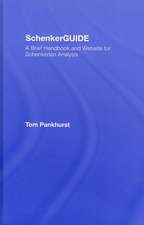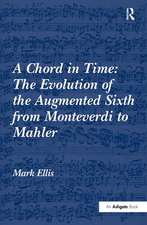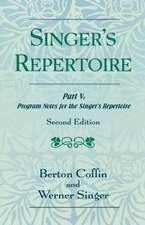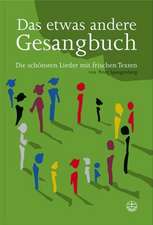Adrian Willaert and the Theory of Interval Affect: The Musica nova Madrigals and the Novel Theories of Zarlino and Vicentino
Autor Timothy R. McKinneyen Limba Engleză Paperback – 11 noi 2016
| Toate formatele și edițiile | Preț | Express |
|---|---|---|
| Paperback (1) | 476.42 lei 6-8 săpt. | |
| Taylor & Francis – 11 noi 2016 | 476.42 lei 6-8 săpt. | |
| Hardback (1) | 1119.45 lei 6-8 săpt. | |
| Taylor & Francis – 28 aug 2010 | 1119.45 lei 6-8 săpt. |
Preț: 476.42 lei
Nou
Puncte Express: 715
Preț estimativ în valută:
91.19€ • 99.09$ • 76.65£
91.19€ • 99.09$ • 76.65£
Carte tipărită la comandă
Livrare economică 22 aprilie-06 mai
Preluare comenzi: 021 569.72.76
Specificații
ISBN-13: 9781138265806
ISBN-10: 1138265802
Pagini: 336
Dimensiuni: 156 x 234 mm
Greutate: 0.62 kg
Ediția:1
Editura: Taylor & Francis
Colecția Routledge
Locul publicării:Oxford, United Kingdom
ISBN-10: 1138265802
Pagini: 336
Dimensiuni: 156 x 234 mm
Greutate: 0.62 kg
Ediția:1
Editura: Taylor & Francis
Colecția Routledge
Locul publicării:Oxford, United Kingdom
Cuprins
Contents: Contexts; Definition, evaluation, and validation of the theory of interval affect; Expressive functions of harmony in the musica nova madrigals; Willaert's other madrigals and the theory of interval affect; The compositional legacy of Willaert's theory of interval affect; Selected bibliography; Index.
Notă biografică
Timothy McKinney, Associate Professor, School of Music, Baylor University, USA
Recenzii
'The presented analyses are successful in the first place because they demonstrate how subtle poetic elements are reflected in the polyphonic fabric of the pieces. This is no surprise, as many have come to this conclusion before, but McKinney reaches it by in-depth discussions of individual madrigals.' Renaissance Quarterly 'McKinney's book is strongly recommended to anyone with an interest in Italian Renaissance music theory and compositional practice.' Notes
Descriere
The 'theory of interval affect' originates not with Nicola Vicentino or Gioseffo Zarlino, but with their teacher, influential Venetian composer Adrian Willaert (1490-1562). Because Willaert left no theoretical writings of his own, Timothy McKinney uses Willaert's music to reconstruct his innovative theories concerning how music might communicate extra musical ideas. For Willaert, the appellations 'major' and 'minor' no longer signified merely the larger and smaller of a pair of like-numbered intervals; rather, they became categories of sonic character, the members of which are related by a shared sounding property of 'majorness' or 'minorness' that could be manipulated for expressive purposes. The book engages with the madrigals of Willaert's landmark Musica nova collection and demonstrates that they articulate a theory of musical affect more complex and forward-looking than recognized currently.

















